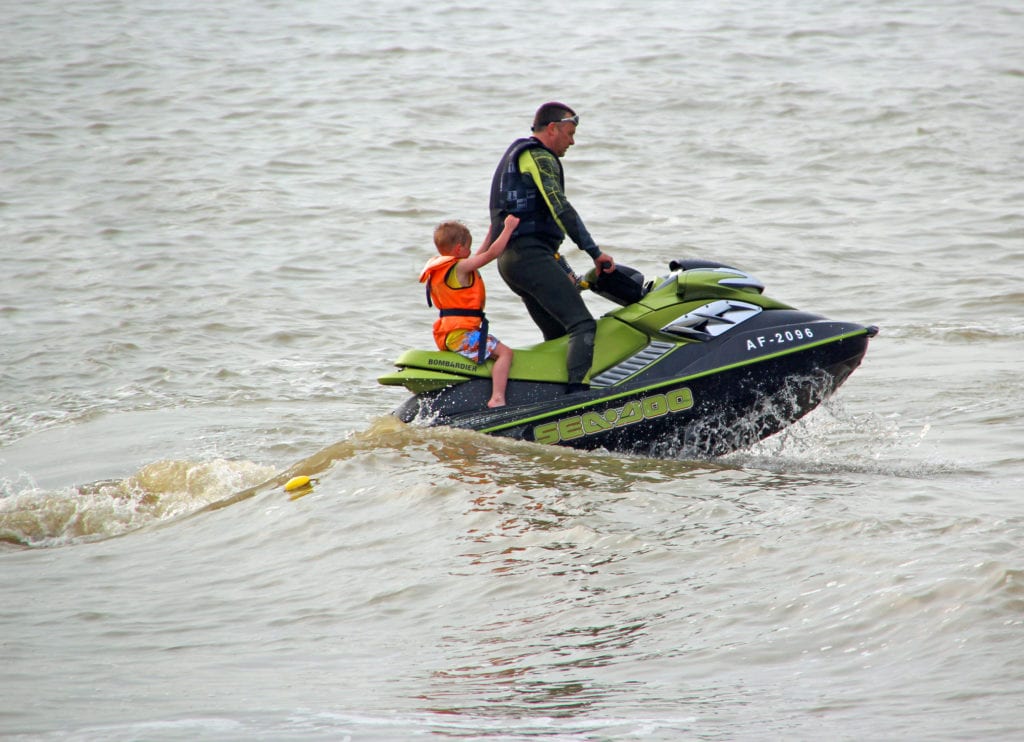Jet skis, technically known as personal watercraft (PWCs), are a fun and exciting way to cruise around the lake. As opposed to larger boats, jet skis are highly maneuverable, essentially the waterborne equivalent of motorcycles. And while motorcycle riding requires a process of education and licensing due to its inherent dangers, operating a jet ski is a less regulated activity despite carrying analogous levels of risk.
In its annual compilation of waterway accidents, the US Coast Guard points out that for the year 2013, there were 42 deaths on PWCs, six of which were children under 13. In addition, causes of death or injury in PWC accidents are more often blunt-force trauma rather than simple drowning due to the high speeds at which jet skis travel. Jet Ski enthusiast and Colorado personal injury attorney has put together a list of safety rules to follow for PWCs:
- Age: No one under age 16 should operate a PWC. Operating a jet ski is a big responsibility on par with driving a car; therefore 16 is a reasonable age limit.
- Life Vests: Both the driver of a jet ski and any passenger must wear a floatation device (life vest) at all times.
- Protective Gear: Children should wear protective gear. Necessary items include a wetsuit, gloves, eyewear and helmets.
- Cell phones: Anyone operating a PWC should have a cell phone or radio on board in case of an emergency.
- Carbon Monoxide: Be aware that like other watercraft, PWCs can generate carbon monoxide “dead zones.” Don’t keep your engine running in one place when unnecessary.
Riding a jet ski can be exhilarating, but to keep everyone happy at day’s end, take these rules into account. It’ll make a better boating experience for you and everyone else on the lake.

